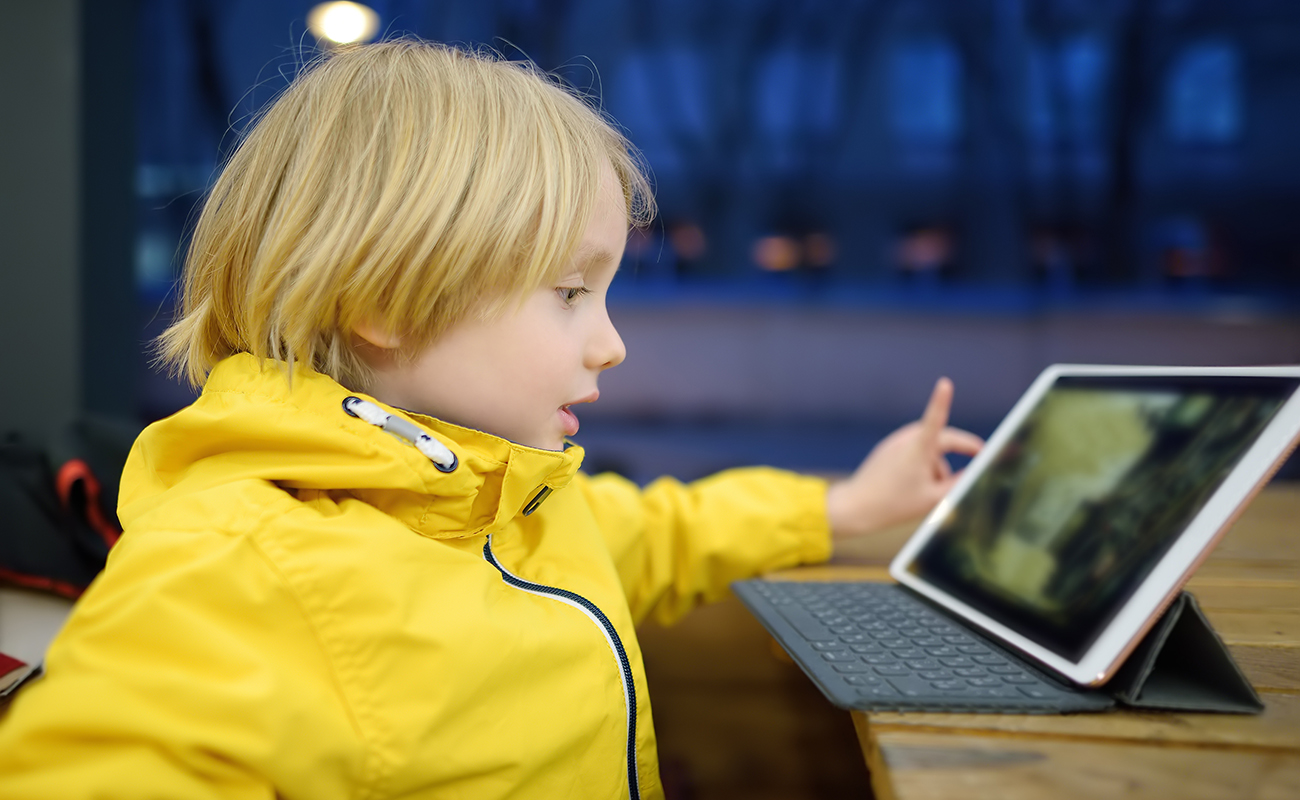
17 Nov Our Children’s Digital Footprint
The digital world in which our children are being raised is vastly different than what we experienced as children ourselves, and will continue to transform at an exponential rate with AI.
Finding balance in our children’s “digital footprints” is challenging. For this reason, we have often been asked to weigh in on rules, parameters, and routines for screen time. I know in my own household; it has also been an issue, and I have had to learn (and continue to learn) the best way to approach screen time requests. Parent choices have run the gamut from taking away devices entirely to allowing children to be on devices for hours. And, as we all know, Covid contributed to significantly increased digital use and reliance.
Here are 5 key points to consider as you contemplate the role of digital devices in your household:
- There is no one size fits all answer. Know your child’s brain including their vulnerability to addictive tendencies, their level of impulse control, their need for and seeking of immediate gratification, and their ability to handle and accept limits. Your decisions about screen time allowances should be influenced by these factors. If your child struggles with relinquishing their devices and abiding by limits, and they engage in significant meltdowns when having to transition off their devices; then increased structure and very clear guidelines are warranted as well as parental judgment regarding readiness for digital privileges.
- We live in a digital world. In many ways there are tremendous benefits to being able to remain connected and to enhance social opportunities with peers. Because devices are all around us, teaching our children responsible use and balance will likely have more value than bans on devices. Educating our kids about their “digital footprint” and the future impact of what they post is a necessary reality; even “deleted” posts can be ever present.
- We can remain in the know by joining our children in their digital interests. Instead of assuming what they might be engaged with on the periphery, we can ask our children what the draw of a specific game or platform may be. If they are older and allowed a degree of social media interface, we can inquire about who they follow, watch their feeds with them, and introduce them to sites that help them manage day to day stressors, improve sleep patterns, or that serve to expand upon their interests, passions, and strategic connections.
- How much do we monitor and rely on parental controls? It is important to remind our children and adolescent that we are the owners of their devices and are entitled to random screen checks at any time (e.g., we can take their phones and look at their screen time use, check their search histories on their computers, and shut down their internet access at will). There are a multitude of effective parental control apps, sites, and specific resources that we can share upon further inquiry.
- Know when family detox periods may be valuable. For example, as a family system, everyone can agree to relinquish devices for most of the day over a particular weekend and find ways to connect and communicate in real time without involving screens. Remember, we ourselves are role models for our children, so it is equally important for them to see us manage and control our own use and be able to disconnect and be present in the moment.
Of course, there is so much more to discuss on this topic such as ages to begin allowing devices; but we hope the above provides some initial thinking. Join us for our Parent Town Halls and Subject Specific Parent Forums as they are announced; or call with individual questions and requests for consultation.
